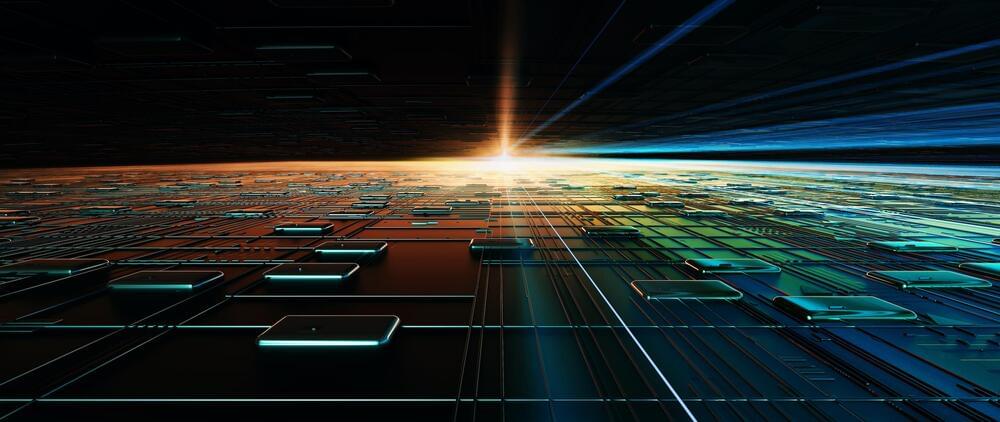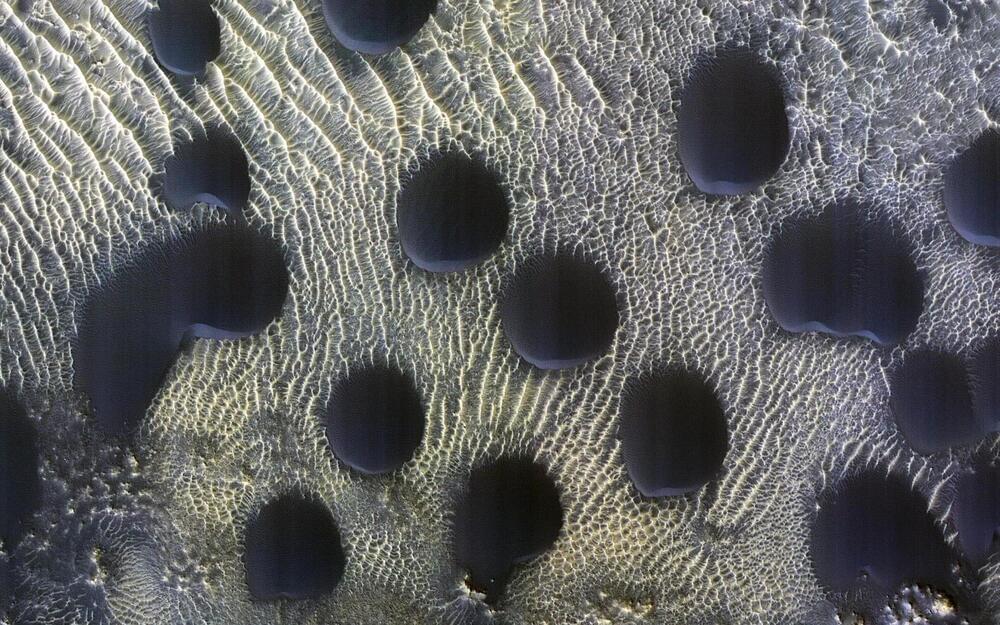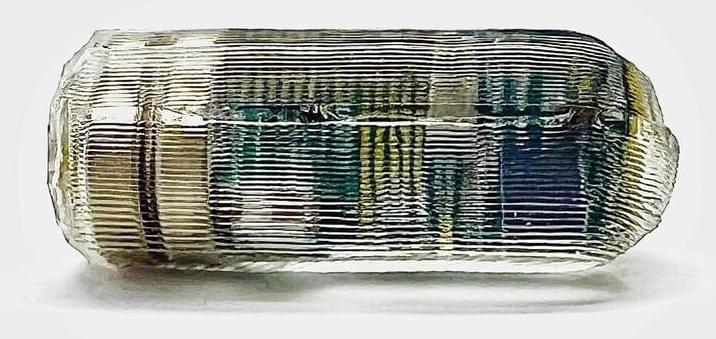Private searches.
Get the latest international news and world events from around the world.
Nokia Magic Max, Nokia is About to Reclaim its Crown with this Ultimate Flagship
Reports say that the Nokia Magic Max will come in three different memory configurations. We will have 8GB, 12GB and 16GB of RAM with 256GB and 512GB storage options. It will launch with Android 13 out of the box with Snapdragon 8 Gen 2 SoC under the hood. We may also see a 6.7-inch AMOLED display with 120Hz refresh rate on the device. Corning Gorilla Glass 7 protection could be on the display of the upcoming flagship device from Nokia.
The device will feature a triple camera setup on the back with 144MP main sensor, 64MP ultrawide and 48MP Telephoto lens. Rumors have suggested a massive 7950mAh battery which can also charge from 0 to 100 within a few minutes, thanks to the 180W fast charger.
The memory configurations will determine the price of each variant. Nevertheless, sources have suggested the starting price to be around $550 (INR44,900). There is no firm rumor with respect to the launch date, but we expect to see the launch of the Nokia Magic Max in a matter of few weeks.

Uneven Circuit Aging Becoming A Bigger Problem
The industry is gaining ground in understanding how aging affects reliability, but more variables make it harder to fix.
Circuit aging is emerging as a first-order design challenge as engineering teams look for new ways to improve reliability and ensure the functionality of chips throughout their expected lifetimes.
The need for reliability is obvious in data centers and automobiles, where a chip failure could result in downtime or injury. It also is increasingly important in mobile and consumer electronics, which are being used for applications such as in-home health monitoring or for navigation, and where the cost of the devices has been steadily rising. But aging also needs to be assessed in the context of variation models from the foundries, different use cases that may stress various components in different ways, and different power and thermal profiles, all of which makes it harder to accurately predict how a chip will behave over time.

Designing for Data Flow
Processing more data in more places while minimizing its movement becomes a requirement and a challenge.
Movement and management of data inside and outside of chips is becoming a central theme for a growing number of electronic systems, and a huge challenge for all of them.
Entirely new architectures and techniques are being developed to reduce the movement of data and to accomplish more per compute cycle, and to speed the transfer of data between various components on a chip and between chips in a package. Alongside of that, new materials are being developed to increase electron mobility and to reduce resistance and capacitance.

Strange Circular Sand Dunes Discovered on Mars
Sand dunes of many shapes and sizes are common on Mars. In this example, the dunes are almost perfectly circular, which is unusual. Credit: NASA/JPL-Caltech/University of Arizona.
Sand dunes of many shapes and sizes are common on Mars.
Mars is the second smallest planet in our solar system and the fourth planet from the sun. It is a dusty, cold, desert world with a very thin atmosphere. Iron oxide is prevalent in Mars’ surface resulting in its reddish color and its nickname “The Red Planet.” Mars’ name comes from the Roman god of war.

New MIT/Caltech Ingestible Sensor Could Help Doctors Pinpoint GI Difficulties
The sensor sends out its location as it moves through the GI tract, revealing where slowdowns in digestion may occur.
Engineers at MIT
MIT is an acronym for the Massachusetts Institute of Technology. It is a prestigious private research university in Cambridge, Massachusetts that was founded in 1861. It is organized into five Schools: architecture and planning; engineering; humanities, arts, and social sciences; management; and science. MIT’s impact includes many scientific breakthroughs and technological advances. Their stated goal is to make a better world through education, research, and innovation.

Scientists create mice with two fathers after making eggs from male cells
https://gotopnews.com/post/1979903
Scientists created mice with two biological dads by producing eggs from male cells, which is a development that opens radical new possibilities for reproduction. Progress can ultimately pave way for treatments for severe infertility forms and increase possibility of attracting couples of same gender to have a biological child in future. Hayashi, who presented development at the third International Human Genome Regulation Summit at Francis Crick Institute in London on Wednesday, predicts it would be technically possible to create a human egg from a male skin cell in ten years. Considering that human eggs did not create eggs, he argued this timeline was optimistic. Previously, scientists have created mice technically with a detailed step chain, including genetic engineering. This is first time that can be applied first time, eggs were raised from male cells and pointing to an important progress. He was trying to reproduce with human cells, but there would be important obstacles for use of eggs grown in laboratory clinical purposes, including creating safety. “In terms of technology, it will be possible even in 10 years in 10 years, ve he personally added that the technology used clinically to allow two men to have a baby. Orum I don’t know if they are ready reproduction,” he said.“This is a question not only for the scientific program, but also[society].” Technique, X chromosome is missing or partially missing a copy of the turner syndrome, including women with severe infertility forms can be applied to treat and Hayashi, this application is the primary motivation for research, he said. Others argued that translating technique into human cells may be challenging. Human cells need much longer agricultural periods to produce a mature egg, which can increase the risk of undesirable genetic changes. Profess George Daley, the Dean of Harvard Medical Faculty, described the study as “fascinating„ but other researches also showed that creating gamet creating from human cells in laboratory is more difficult than mouse cells.said. The study, which was sent to be leading magazine, was based on a number of complex steps to transform skin cell that carries the combination of male XY chromosomes into an egg. Men’s skin cells were re-programmed into a stem cell-like condition to form the induced pluripotent root cells. Then the Y chromosome of these cells was deleted and changed and ” borrowed from another cell to produce IPS cells with two identical X chromosome. Hayashi said, ” The trick, greatest trick, the reproduction of X chromosome,” he said. ” We really tried to establish a system to replicate the X chromosome.” Finally, cells were grown in an ovary organoid with a cultural system designed to replicate the conditions within ovary. When Yumurtas were fertilized with normal sperm, scientists obtained approximately 600 embryos implanted in the mice, which resulted in birth of seven mouse offspring. ‘Efficiency was lower than the efficiency obtained by normal female-derived eggs, where approximately 5% of the embryos continued to produce a lively birth. Baby mice looked healthy, had a normal life, and as an adult continued to the offspring. ” They look good, they grow normal, they become a father, Hay Hayashi said. He and his colleagues are now trying to increase the creation of eggs grown in the laboratory using human cells. Working on Gamets grown in the laboratory at the University of California Los Angeles, Prof Amander Clark said that it would be a ” big jump in, because scientists have not yet created human eggs from women’s cells. Scientists have created the premises of human eggs, but so far, cells, mature eggs and sperm, a critical cell division step, which has stopped development before the point of meiosis. It can be 10 years or 20 years.”
Ray Kurzweil says We’ll Reach IMMORTALITY by 2030 | The Singularity IS NEAR
Ray Kurzweil — The Singularity IS NEAR — part 2! We’ll Reach IMMORTALITY by 2030
Get ready for an exciting journey into the future with Ray Kurzweil’s The Singularity IS NEAR — Part 2! Join us as we explore the awe-inspiring possibilities of what could be achieved before 2030, including the potential for humans to reach immortality. We’ll dive into the incredible technology that could help us reach this singularity and uncover what the implications of achieving immortality could be. Don’t miss out on this fascinating insight into the future of mankind!
In his book “The Singularity Is Near”, futurist and inventor Ray Kurzweil argues that we are rapidly approaching a point in time known as the singularity. This refers to the moment when artificial intelligence and other technologies will become so advanced that they surpass human intelligence and change the course of human evolution forever.
Kurzweil predicts that by 2030, we will reach a crucial milestone in our technological progress: immortality. He bases this prediction on his observation of exponential growth in various fields such as genetics, nanotechnology, and robotics, which he believes will culminate in the creation of what he calls “nanobots”.
These tiny robots, according to Kurzweil, will be capable of repairing and enhancing our bodies at the cellular level, effectively making us immune to disease, aging, and death. Additionally, he believes that advances in brain-computer interfaces will allow us to upload our consciousness into digital form, effectively achieving immortality.
Kurzweil’s ideas have been met with both excitement and skepticism. Some people see the singularity as a moment of great potential, a time when we can overcome our biological limitations and create a better future for humanity. Others fear the singularity, believing that it could lead to the end of humanity as we know it.
Regardless of one’s opinion on the singularity, there is no denying that we are living in a time of rapid technological change. The future is uncertain, and it is impossible to predict with certainty what the world will look like in 2030 or beyond. However, one thing is clear: the singularity, as envisioned by Kurzweil and others, represents a profound shift in human history, one that will likely have far-reaching implications for generations to come.
0:00 Intro.